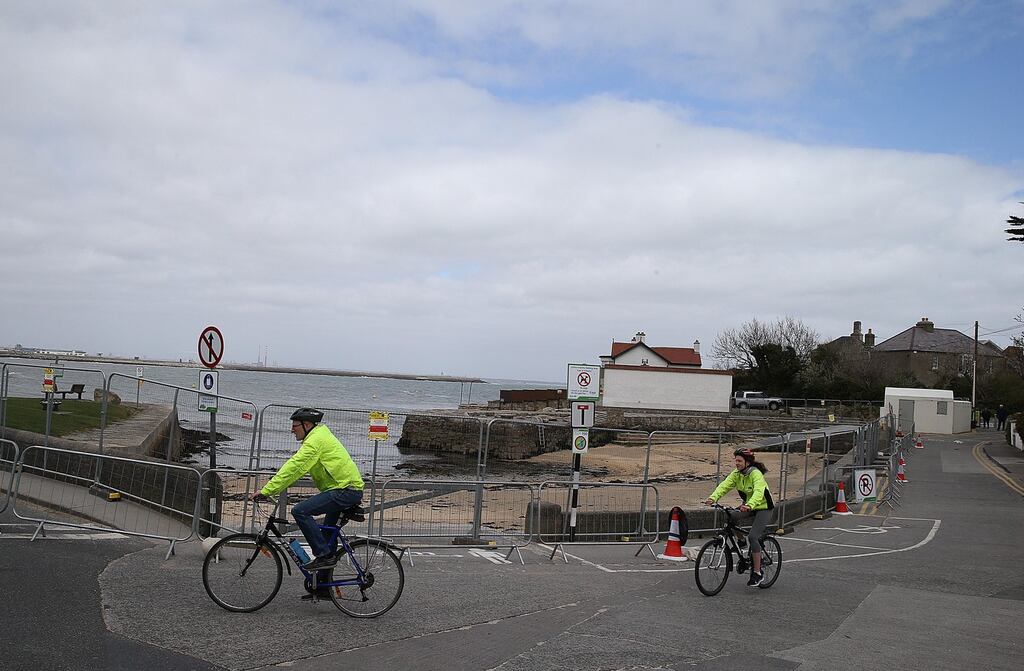Temperatures dip for weekend as Sandycove is hit by swimming ban
Met Éireann forecasting ‘fresh and breezy’ conditions with highest temperatures of 13-16 degrees as heatwave hits continental Europe

Join The Irish Times on WhatsApp and stay up to date
Sign up for push alerts to get the best breaking news, analysis and comment delivered directly to your phone
Listen to In The News podcast daily for a deep dive on the stories that matter









